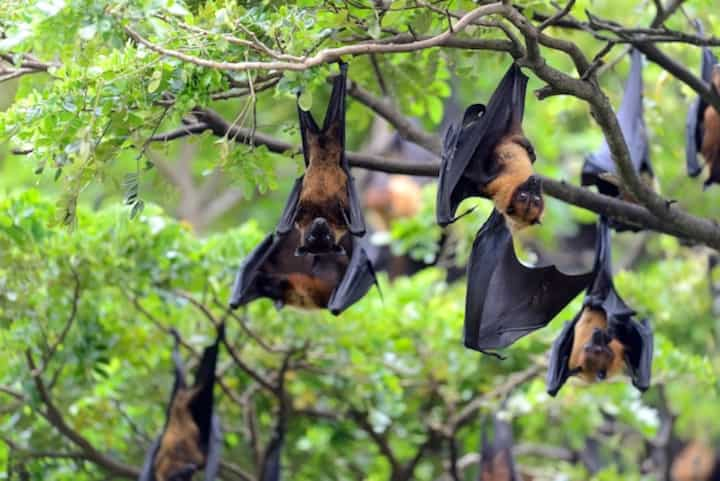
Effective Wildlife Exclusion Techniques in Kansas
In Kansas, the presence of wildlife in urban and rural areas can lead to significant challenges for property owners. From raccoons and squirrels to bats and birds, various species may invade homes, causing damage and posing health risks. Effective wildlife exclusion techniques are essential to prevent these animals from entering properties and to ensure the safety and well-being of residents. This article explores some proven strategies for wildlife exclusion in Kansas, aiming to provide property owners with the necessary knowledge to protect their homes and businesses.
Understanding Wildlife Exclusion
Wildlife exclusion involves using techniques and materials to prevent animals from entering a structure. Unlike pest control, which often involves eliminating the animals, exclusion focuses on sealing entry points and modifying the environment to make it less attractive to wildlife.
Key Principles of Wildlife Exclusion
- Identifying potential entry points such as chimneys, vents, and gaps in the roofline.
- Using materials such as metal mesh, hardware cloth, and exclusion netting to seal openings.
- Installing chimney caps and vent covers to prevent access.
- Maintaining the structural integrity of buildings to avoid creating new entry points.
Common Wildlife in Kansas and How to Exclude Them
Bats
Bats are a common concern in Kansas due to their potential to carry diseases like rabies. Exclusion is crucial to prevent them from roosting in attics or other parts of a building.
- Identifying and sealing entry points after ensuring all bats have exited.
- Using one-way exclusion devices to allow bats to leave but not re-enter.
Raccoons
Raccoons are known for their dexterity and ability to enter homes through various openings.
- Securing trash bins and removing food sources from around the home.
- Sealing gaps around windows, doors, and rooflines.
- Installing motion-activated lights or sprinklers as deterrents.
Learn more in this detailed guide.
Squirrels
Squirrels can cause significant damage to homes by chewing through wiring and insulation.
- Trimming tree branches away from the roof to prevent access.
- Installing metal flashing on areas prone to chewing.
- Using squirrel-proof bird feeders to limit attraction.
Explore further insights here.
Implementing Long-Term Solutions
While immediate exclusion techniques are essential, implementing long-term solutions can prevent future wildlife problems.
- Regularly inspecting the property for new entry points or signs of wildlife activity.
- Maintaining landscaping to reduce cover and food sources for wildlife.
- Educating the community about wildlife exclusion and responsible waste management.
Importance of Professional Assistance
In some cases, wildlife exclusion can be complex and require professional expertise. Professional exclusion services can provide:
- Comprehensive inspections to identify all possible entry points.
- Safe and humane removal of wildlife if necessary.
- Expert advice on maintaining a wildlife-free environment.
For a detailed evaluation and professional exclusion services, find additional information here.
Customer Feedback and Reviews
Choosing the right services can be challenging. To make an informed decision, consider checking customer feedback. Check out customer reviews here to learn from others' experiences.